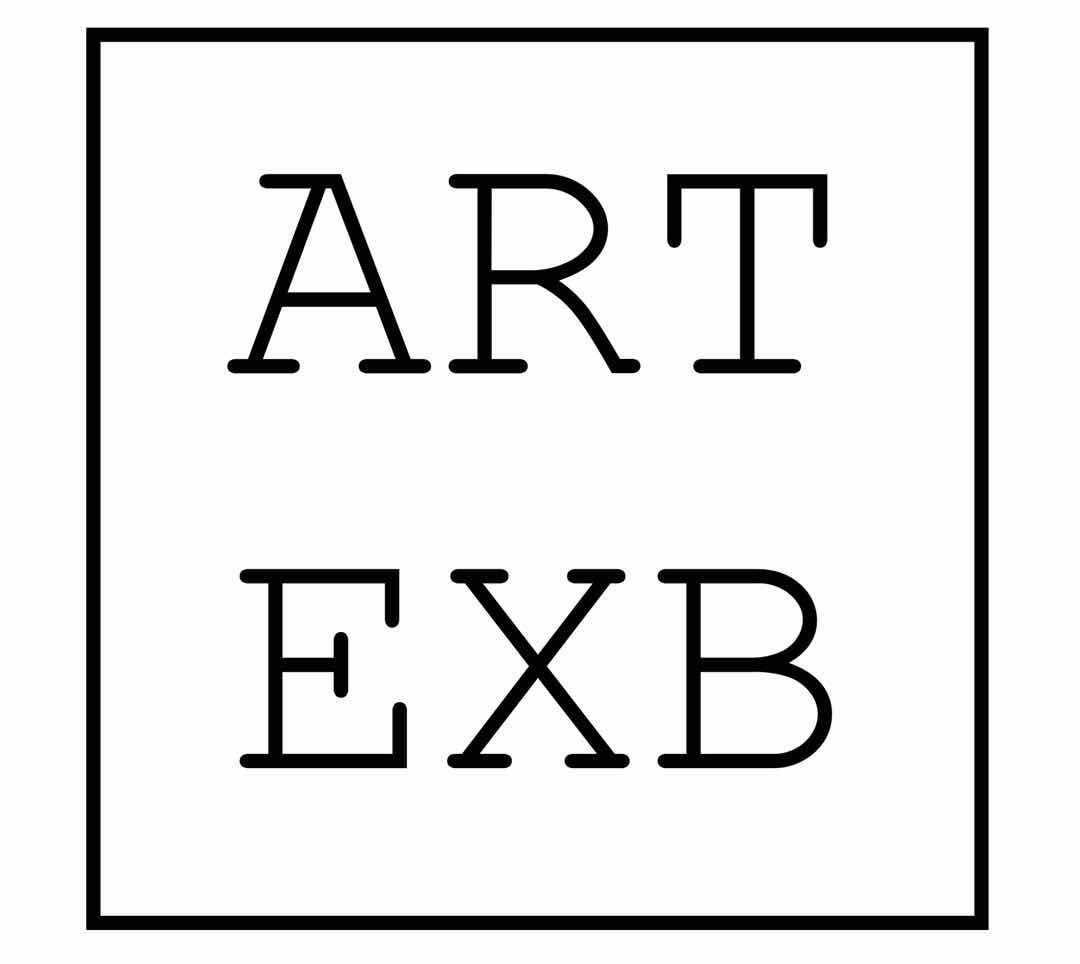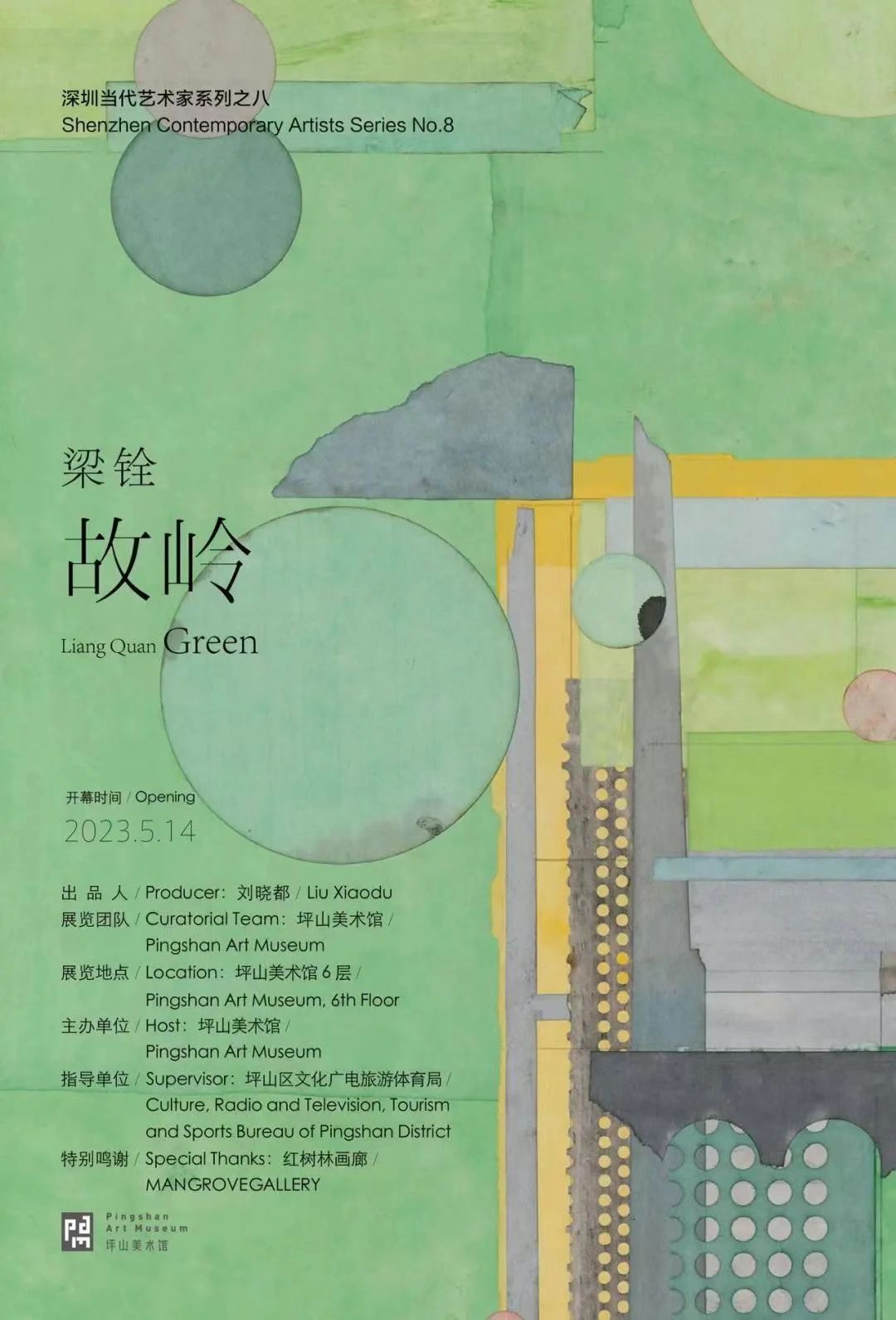Pingshan Art Museum | Shenzhen Contemporary Artists Series | Prelude
Making History and Making Endeavors
The development of contemporary art in Shenzhen can be traced back to as early as 85 New Wave period. At that time, as a burgeoning and imaginative city, Shenzhen gave birth to some sporadic art movements and individual practices. However, Shenzhen then was obligated to undertake the mission of conducting experiments and thereby working miracles in the economic and political fields. As a result, culture and art were emerging, with dramatic growth yet to come.
Until 1997, Shenzhen witnessed the building and opening of He Xiangning Art Museum and Guan Shanyue Art Museum in the same year. Contemporary art in Shenzhen has shown an increasingly clear academic positioning, while demonstrating the rise and vitality of Pearl River Delta in the contemporary art context. In 2005, OCAT, initiated by Huang Zhuan among others, was formally established in Shenzhen, marking the awakening of the subjective consciousness of contemporary art in Shenzhen. It can be concluded that Shenzhen position and its independent efforts concerning Chinese contemporary art have helped facilitate the academic research and value construction of Chinese contemporary art. At this stage, the contemporary art in Shenzhen has also witnessed the sprouting of non-indigenous and events-based art when a surprising number of biennales came out. Objectively speaking, the series of practices loosened and cultivated the soil for contemporary art in Shenzhen, while promoting and shaping the basic appearance of the development of contemporary art in Shenzhen today.
Against this backdrop, Pingshan Art Museum was established as the times demanded. Over the past two years of work, we have been emphasizing historical perspectives, contemporary pivots and prudent judgment, which should play a role in the construction of contemporary art scenes and local art. Based on the realistic situation and development stage of contemporary art in Shenzhen, the Shenzhen Contemporary Artists Series is expected to promote the major construction of contemporary art in Shenzhen by means of inspiring, assisting and inheriting acts. We hope to present the structure and texture of Shenzhen contemporary art through the analysis of individual cases. The richer the texture, the greater intellectual thickness and potential the city will have.
The contemporary art in Shenzhen presents a state of individual migration and frequent movement, which prompts the definition of “Shenzhen Contemporary Artists”. Among them are the artists Liang Quan and Zhou Li who have been involved into the field for 20 or 30 years, Jiang Zhi who went north after the momentous years of starting out a career as an artist in Shenzhen, as well as Li Liao born in 1980s. Besides, the said artists also include Xue Feng who has left school and moved to Shenzhen, and Shen Shaomin, who treats Shenzhen as a temporary place of lodging like a migratory bird. We categorize them as Shenzhen contemporary artists for inspection, sorting and exhibiting. Certainly, we are aware that the judgment itself will promote the infrastructure construction of the local art ecology on the one hand, which also means that this work will be full of challenges and hardships. However, we firmly believe that the shenzhen contemporary art today needs to be reviewed, sorted out and examined concerning its short yet rich history, thus resulting in observations of and judgments on the scene here and now. Should the contemporary art in Shenzhen advance, it needs some self-examination and adventure.
I recall that the late Huang Zhuan, an important promoter of contemporary art in Shenzhen and an art critic, said: “Not all times can go down in history. Only those times that have truly changed the value of our lives can make history; not everyone can go down in history. Only those who are genuinely able to produce creations can pass into history.” Pingshan Art Museum is looking for those “changes” and “creations”, while weaving them into the narrative of Shenzhen contemporary art. We hope to build some solid and time-honored “infrastructure” for Shenzhen and for the contemporary art ecology in southern China.
Liu Xiaodu, Director of Pingshan Art Museum
Zhong Gang, Editor of Readers of Shenzhen Contemporary Artists Series
Liang Quan: Green
As I grow old, I often think of a winding mountain road I took when I was young, which takes nine hours to cover eighty miles. It took me to my family and happiness.
I walked along the narrow trail covered in red earth at the waist of the mountain, accompanied by greenery on both banks and a clear stream between them. The rafts and grass canopies floating along the water carried livelihood with drifting smoke, and the crisp sound of the pebbles hitting the riverbed by the bamboo pole echoed in the valley. Occasionally, I bumped into pedestrians who would nod cordially, including woodcutters, farmers, and hydrological station staff… I felt helpless to face the unoccupied ferry crossing but to wait for the farmer at the boat’s helm. Time seemed still, where only the flowers in the mountains and fields bloom and wither. The outside world, in parallel, knows nothing about all this.
These recent paintings, presented in this exhibition, attempt to convey my mountain-crossing experiences and a sense of worldly tranquility.
Works beyond this series aim to offer the audience a sense of joy and hardships throughout my creative journey.
Hereby, I would like to extend my gratitude to the Pingshan Art Museum and all my friends who supported me.
Liang Quan

